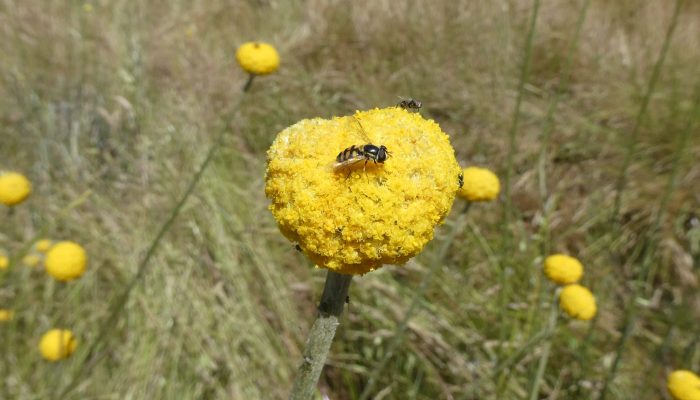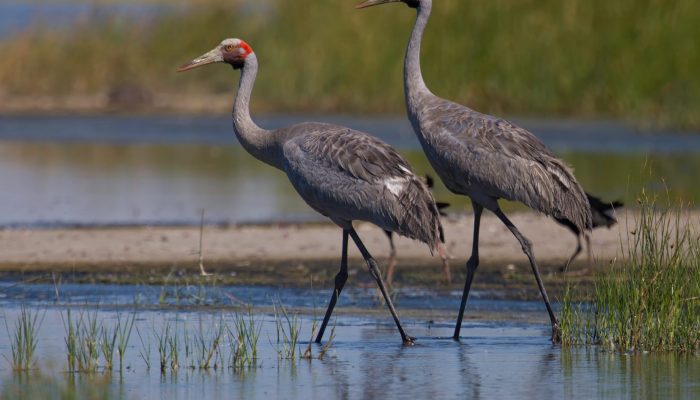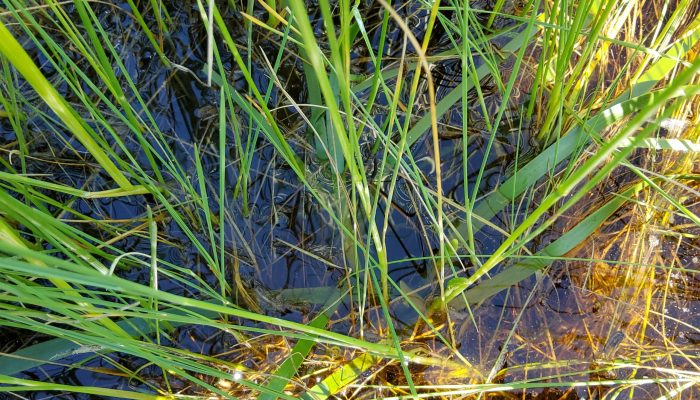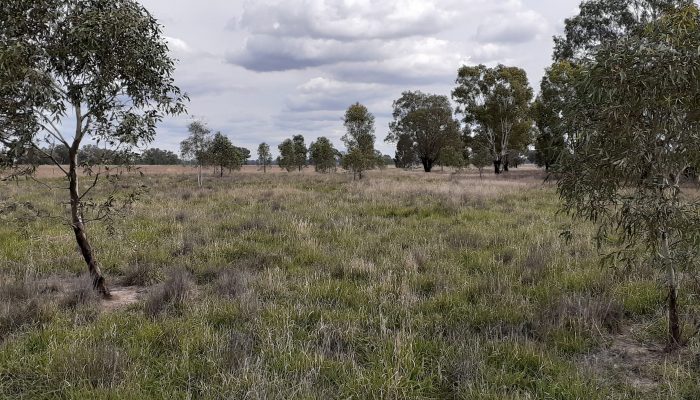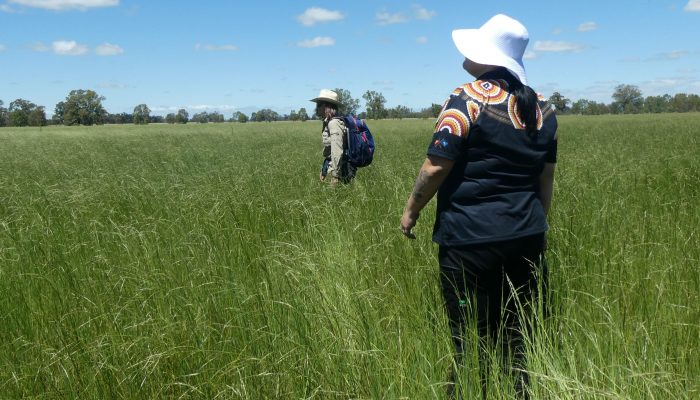Tomlinson’s Swamp Reserve encompasses 69 ha of endangered wetland ecosystems and is a breeding site for the enigmatic Brolga (Grus rubicunda) and other waterbirds such as the critically endangered Intermediate Egret (Ardea intermedia). The wetlands are made up of two ecological vegetation communities, Red Gum Wetland and Plain Grassy Wetland Mosaic.
Tomlinson’s Swamp is located in Tungamah and can be accessed via Three Chain Road near the corner of Pelluebla Road. The access gate into the reserve is locked.
All Trust for Nature reserves are closed on days of Total Fire Ban, and days of severe, extreme and code red fire danger.

